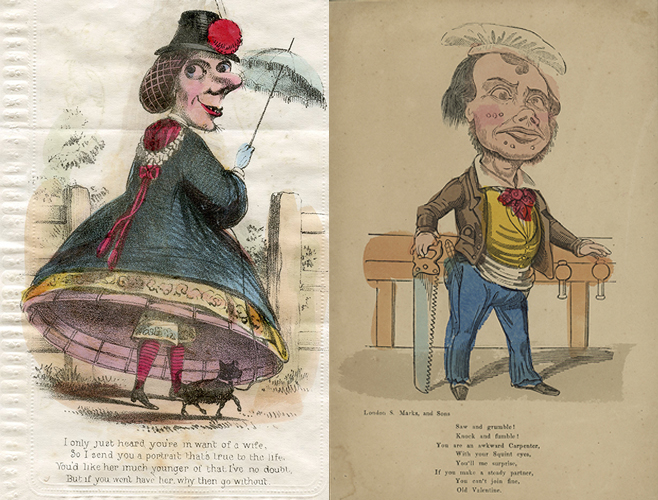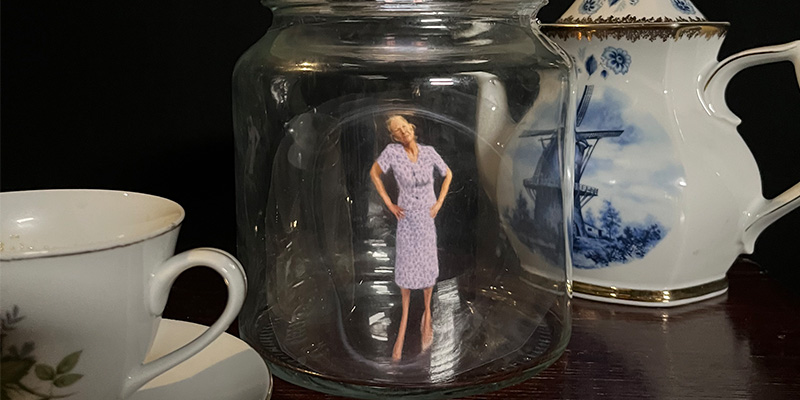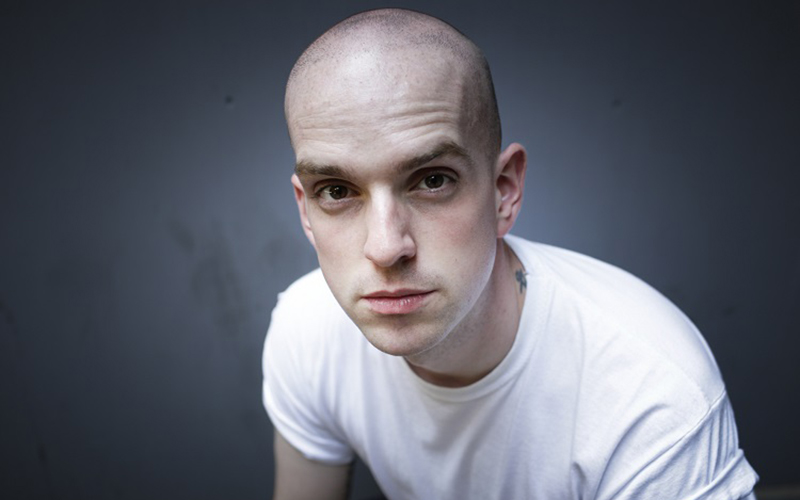News | Friday, 19th October 2018
Helping develop Wayne Rooney-backed all-in-one portable device to treat sports injuries
Swellaway equipment can cool, heat and compress to relieve strains and sprains

A company is drawing on university research to further develop a portable tech-enabled device that can cool, heat and compress muscles to treat common sports injuries.
The lightweight Swellaway, a shin guard-type electronic-enabled device with a fan that clips around the affected body part, does not require ice, water or heavy items of equipment that are normally needed to treat such injuries.
Swellaway shareholders include professional footballer Wayne Rooney, of Everton, Manchester United, D.C. United (Washington) and England fame, who is the lead investor in the company that bears the product’s name.
The innovative piece of kit allows physiotherapists and healthcare professionals to accurately treat injuries through controlled compression, combined with cooling and heating in a fully portable device for the first time.
To draw upon the skillsets of researchers at Manchester Metropolitan University and the University of Central Lancashire (UCLan), Swellaway’s shareholders have sponsored a Knowledge Transfer Partnership (KTP) - where academic expertise is applied to private sector product development or work processes – so that Manchester Metropolitan University’s Professor James Selfe can work along Professor Jim Richards from UCLan to help further develop the device.
There has been a lack of devices that provide all-in-one solutions to common sports injuries
James Selfe, Professor of Physiotherapy and lead academic from Manchester Metropolitan, said: “Traditionally, there has been a lack of devices that provide all-in-one solutions to common sports injuries.”
“Our research will provide evidence as to what the best dose response is for the device. By the end of the project, we hope to have a number of protocols that will guide practitioners to optimum use of this device. We also hope to see improved patient outcomes as a result of its use.”
UCLan’s Professor of Biomechanics Jim Richards said: “The exploration of the interaction between temperature and pressure, using the Swellaway device, provides an opportunity to explore the optimisation of treatment through a better understanding of the relationship between these factors.”
Moving beyond POLICE
Ligament sprains and muscle strains are common injuries, especially in sports, and it is important that action is taken soon after they occur to prevent further complications.
Currently, healthcare professionals and physiotherapists use the “POLICE” method to manage injuries – standing for Protection, Optimal Loading, Ice, Compression, Elevation.
However, most evidence summaries suggest that there is weak evidence to support the interaction between cooling and compression.
The Swellaway technology offers controlled compression combined with precise cooling and heating.
Manually operated by an attached control pad, the device accurately controls the temperature on the surface of the skin between 6°C and 40°C.
It can also control the rate of temperature increase and decrease, as well as control the level of compression.
In addition, it can control re-warming after cold treatment.
The company believes that it is these high levels of control that are key to successful rehabilitation.

The solution
To help take the product to market, the company needed a strong evidence base to highlight its benefits.
Over the past four years, Professor James Selfe and Professor Jim Richards have been working with the company by offering independent research and development consultancy. They are now at a stage where their team will be testing the product to see how well it works.
They will be working with a KTP Associate, Olivia Greenhalgh, to develop optimal clinical protocols by measuring the temperature of the device, the pressure applied, and the length of time that temperature and pressure are applied.
Having established these parameters, the team will then be able to determine the factors that produce the best treatment response.
For example, they will test whether the device is most effective when applied at cool temperatures at low pressures for a long period of time, or if it is better to apply it at warmer temperatures at high pressures for a short period of time.
Exciting project that is first of its kind
Robin Slinger, Chairman of Swellaway, said: “The research developed by Manchester Metropolitan University and UCLan will be instrumental for the success of our product. We are sure that it will help us successfully further develop our current product together with our future planned devices.”
Professor Richard Greene, Pro Vice-Chancellor for Research and Knowledge Exchange at Manchester Metropolitan University, said: “This project is an outstanding example of how real-world research impact can arise through partnerships with other institutions – in this case through collaboration with UCLan and Swellaway.
“James and his fellow researchers both here and at UCLan should be congratulated for producing this innovative research, which has real potential for improving outcomes for athletes with sports injuries.”
UCLan Pro Vice-Chancellor (clinical and health) Professor St John Crean added: “This project is a great demonstration of collaboration between UCLan and Manchester Metropolitan to assist the development of new technology from Swellaway, which aims to help individuals after sport injuries. I congratulate the team and company in securing the funding for this exciting project.”




